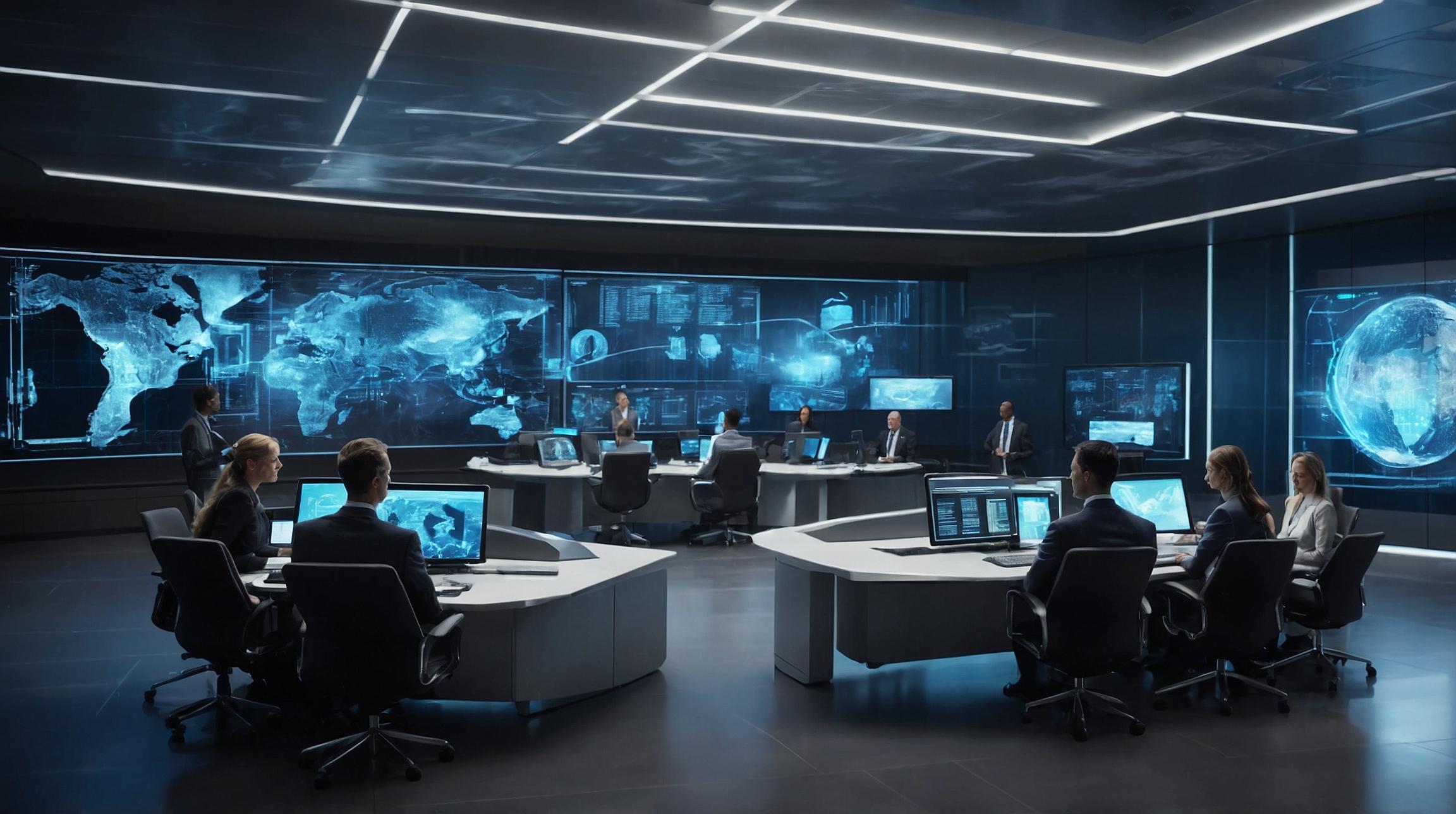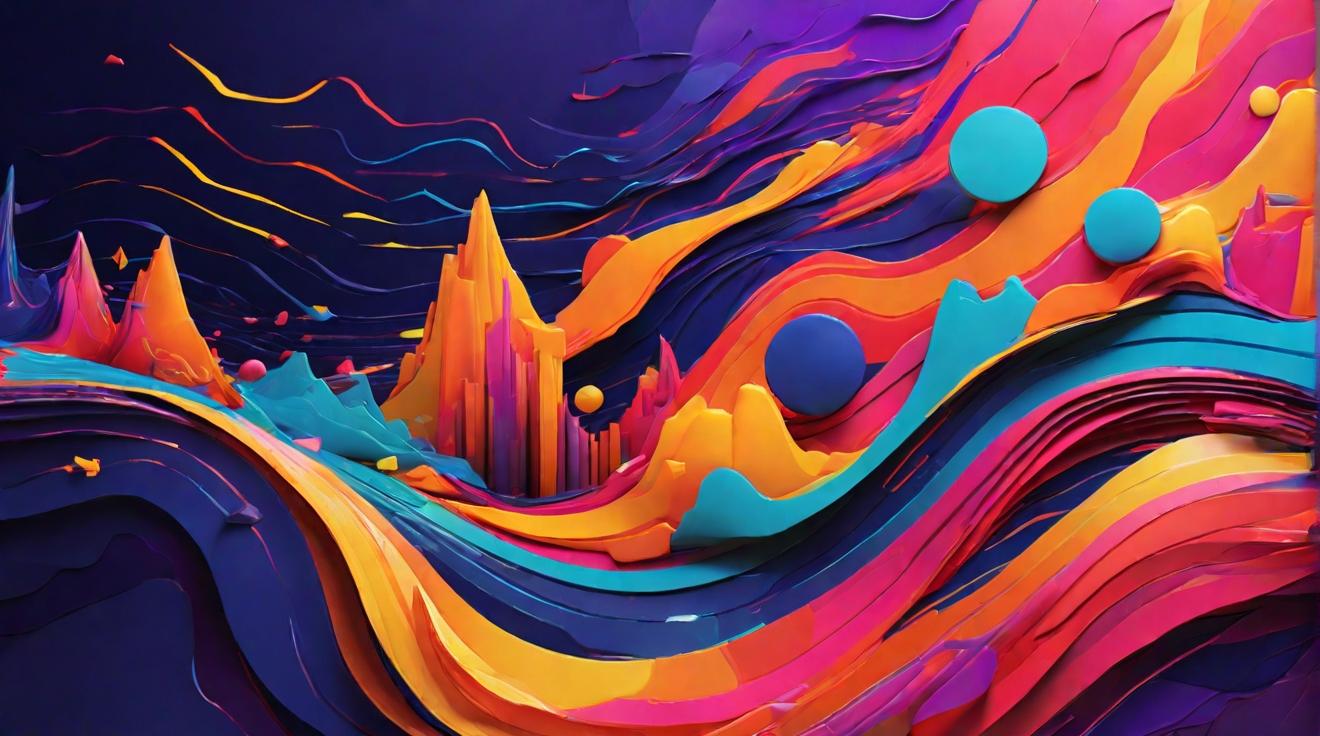Artificial Intelligence Creates a New Way to Learn About the Holocaust
Artificial intelligence is revolutionizing the way individuals can learn about the Holocaust at the Nancy and David Wolf Holocaust & Humanity Center. The center’s “Dimensions in Testimony” exhibit features the testimony of Pinchas Gutter, a survivor who spent time in six Nazi concentration camps as a young boy. Using AI technology, visitors can ask Gutter questions about his experience, his thoughts on being a hologram, his favorite foods, and much more. The algorithm used ensures that the responses are authentic and based solely on the survivor’s testimony, eliminating the risk of false information.
A Groundbreaking Development for Holocaust Education
For Holocaust education, the integration of AI technology in preserving survivor testimonies is a significant development. Al Miller, a Jewish resident of Hamilton, Ohio, who escaped Nazi Germany, recorded his testimony last year at the age of 100. His daughter-in-law, Barbara Miller, believes that sharing these stories through technology is crucial, especially considering that a YouGov poll found 20% of young people consider the Holocaust to be a myth. The ability to interact with holographic survivors like Al allows young people to be educated about the Holocaust and its lessons.
Al Miller’s Message: “The Holocaust Didn’t Start with Bullets, It Started with Words”
Al Miller, who lived through the Holocaust and returned to Germany to interrogate suspected war criminals, had a powerful message to share. His daughter-in-law, Barbara Miller, shared that Al’s consistent message was that the Holocaust began with words, not bullets. Barbara emphasized her concern that this is something that is coming to fruition in the United States, pointing to the increase in antisemitic incidents reported by the Anti-Defamation League following a surprise attack in Israel by Hamas. Al’s testimony, along with survivor Henry Fenichel, will be available for visitors in early 2025, ensuring that his efforts to educate and prevent the repetition of such atrocities continue.
Bringing History to Life with Technology
The integration of AI technology into the Holocaust & Humanity Center is bridging the gap between generations and enabling an interactive experience for visitors. Kara Driscoll, Director of Marketing & Events, highlights that students, who are often digital natives, feel more comfortable engaging with this technology compared to traditional conversational settings. The interactive aspect allows them to interact with survivor stories and biographies, keeping their memories alive and making the learning experience more meaningful.
Enriching Artifacts with Personal Connections
Throughout the museum, various artifacts from Al Miller’s experience as a Holocaust survivor are on display. However, the integration of AI technology provides an even more personal connection. Visitors will have the opportunity to ‘speak’ with Al through the technology, truly enhancing their understanding of his story and the lessons the Holocaust teaches us. Al’s sense of giving back and ensuring that the lessons of the Holocaust are remembered will continue through this technology, bridging the gap between the past and the present.
Analyst comment
Positive news: Artificial intelligence is revolutionizing Holocaust education at the Nancy and David Wolf Holocaust & Humanity Center. The “Dimensions in Testimony” exhibit allows visitors to interact with survivor testimonies, ensuring authentic responses and eliminating false information. The integration of AI technology enhances the learning experience, bridges generational gaps, and provides personal connections with survivors. This development is crucial for educating young people and preventing the repetition of such atrocities.
As an analyst, I predict that this advancement in AI technology will attract more visitors to the center, resulting in increased public awareness and understanding of the Holocaust. This interactive and immersive experience will deepen empathy and promote greater historical consciousness. Additionally, the integration of personal testimonies through AI technology may inspire other institutions and organizations to adopt similar approaches to education and preservation. Overall, this development will have a positive impact on the market, driving innovation and social change.













